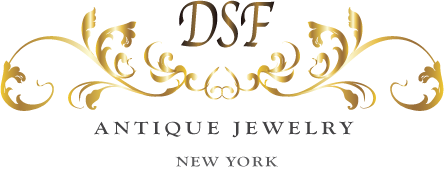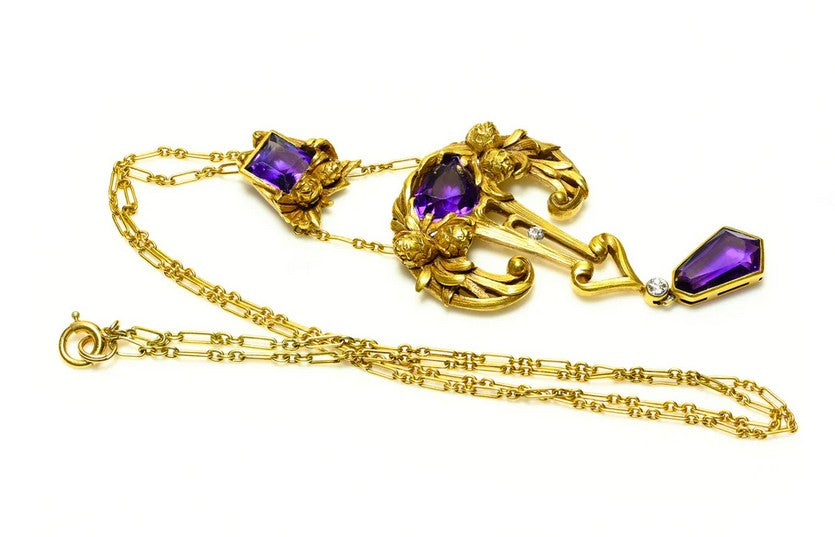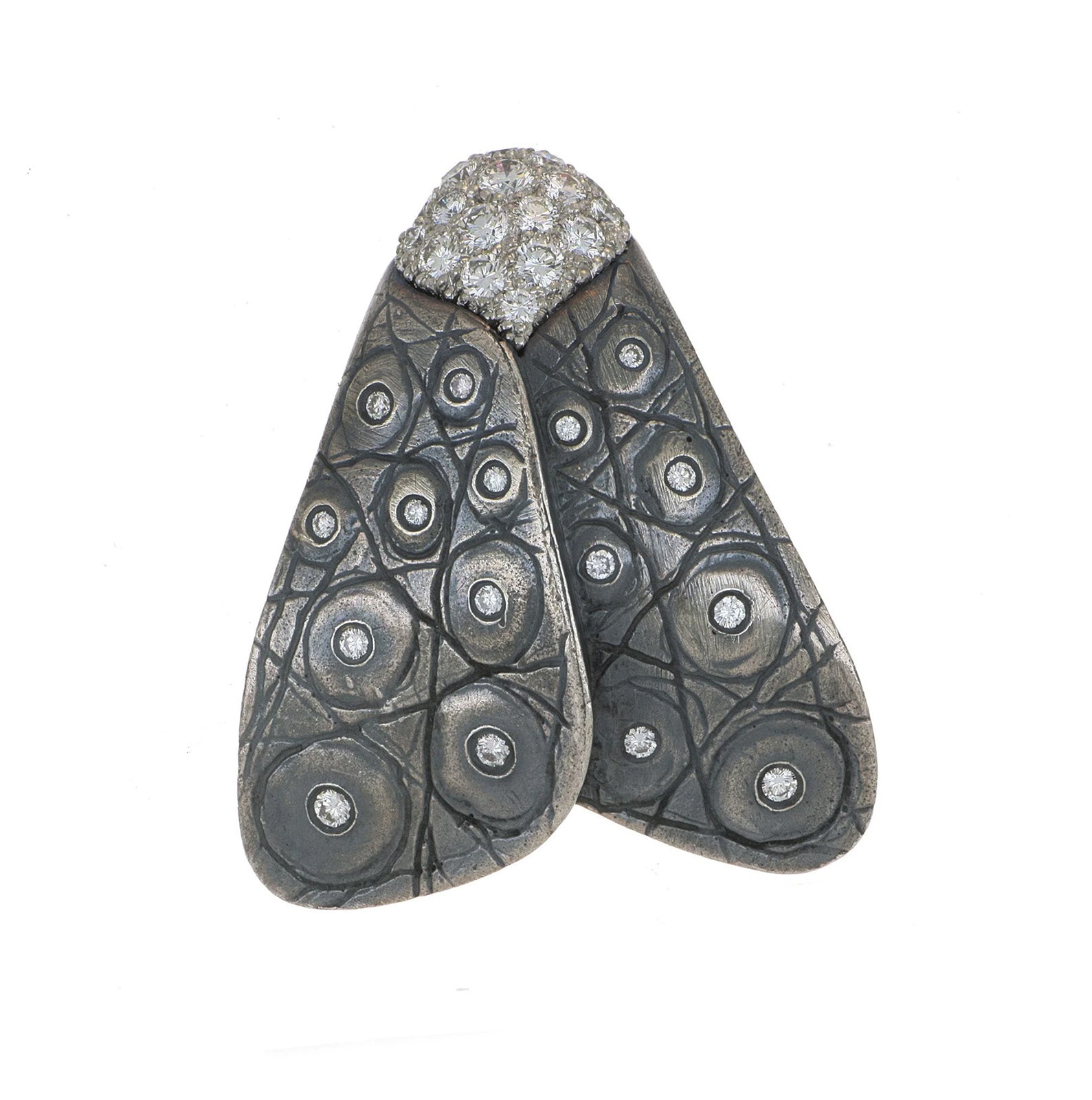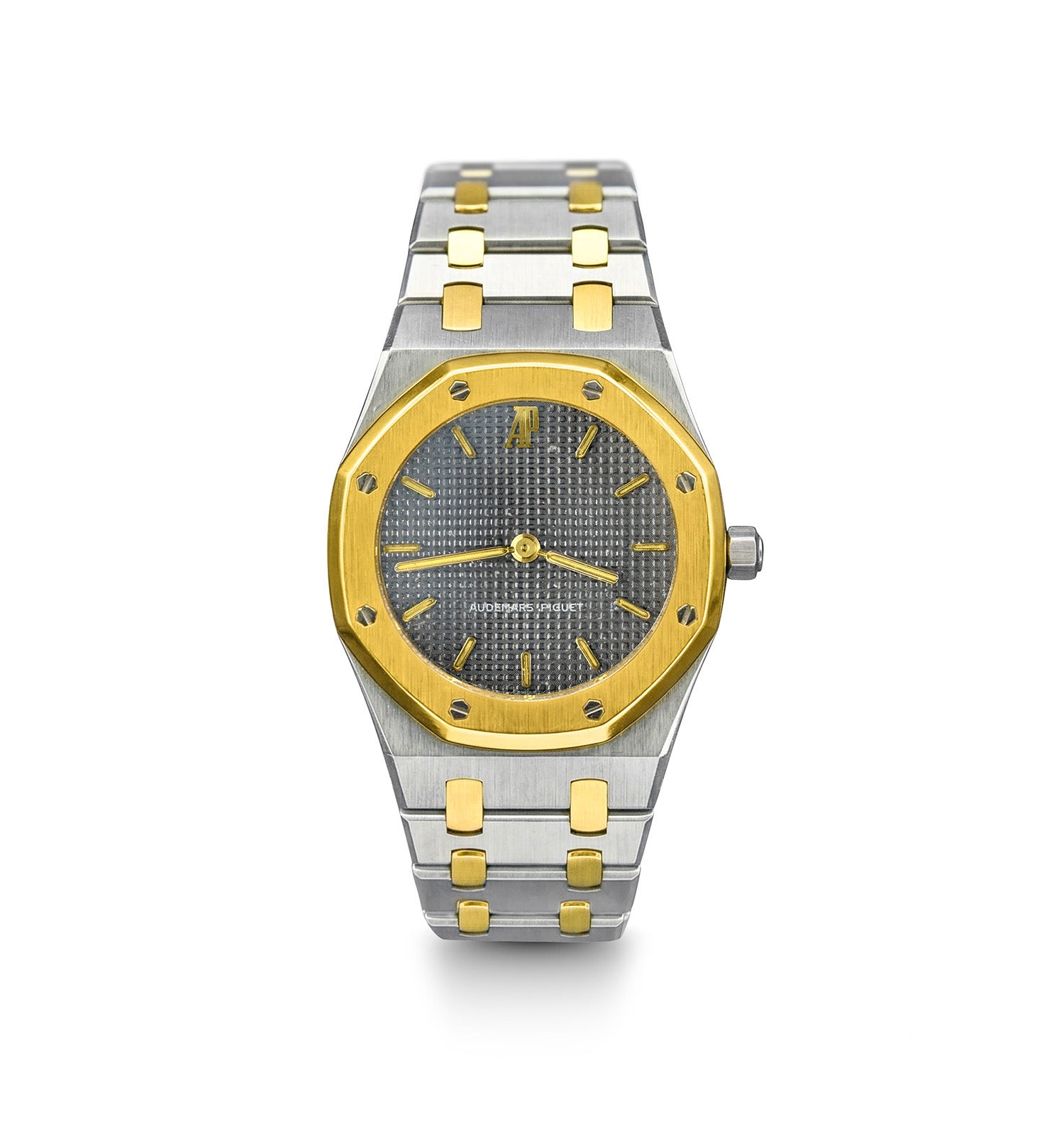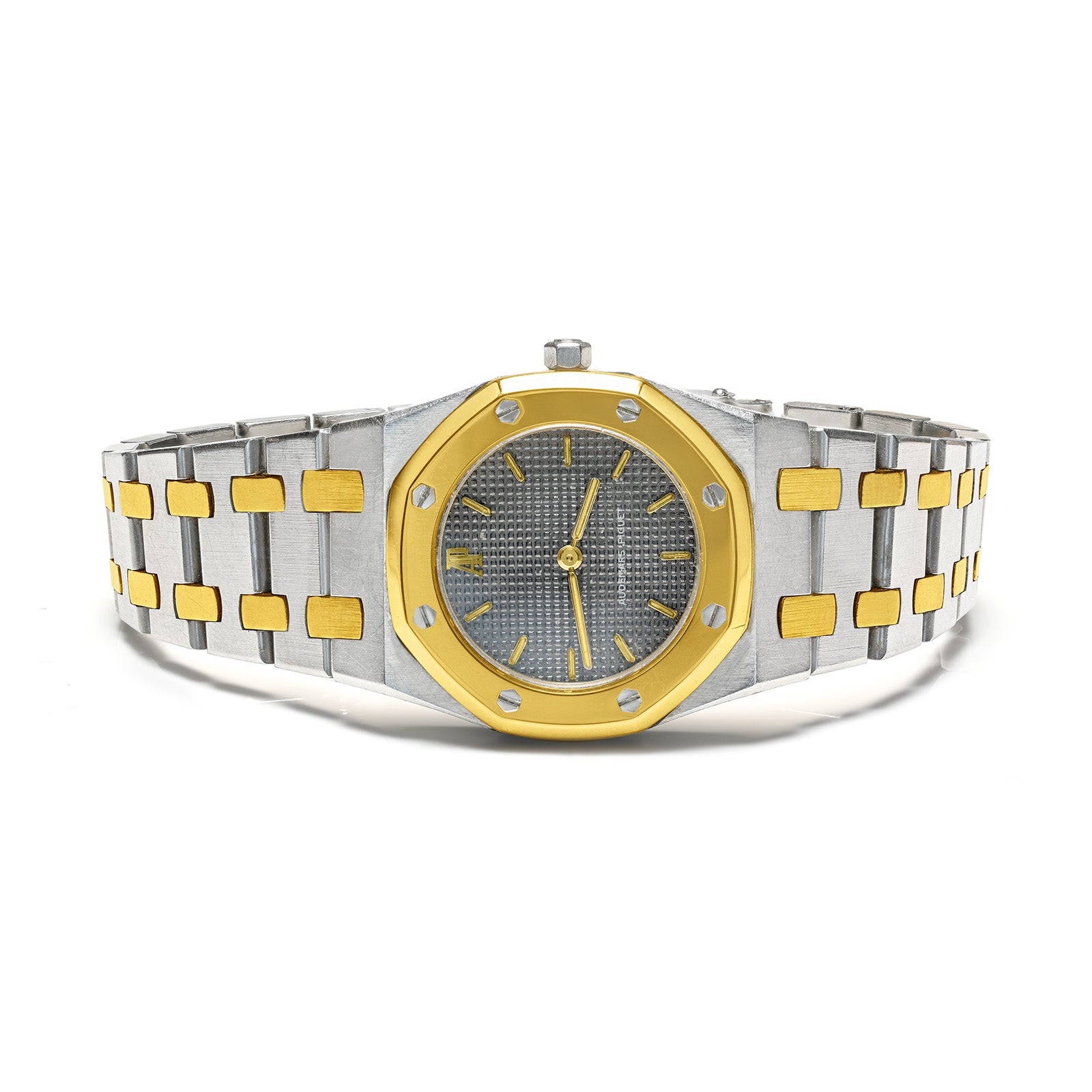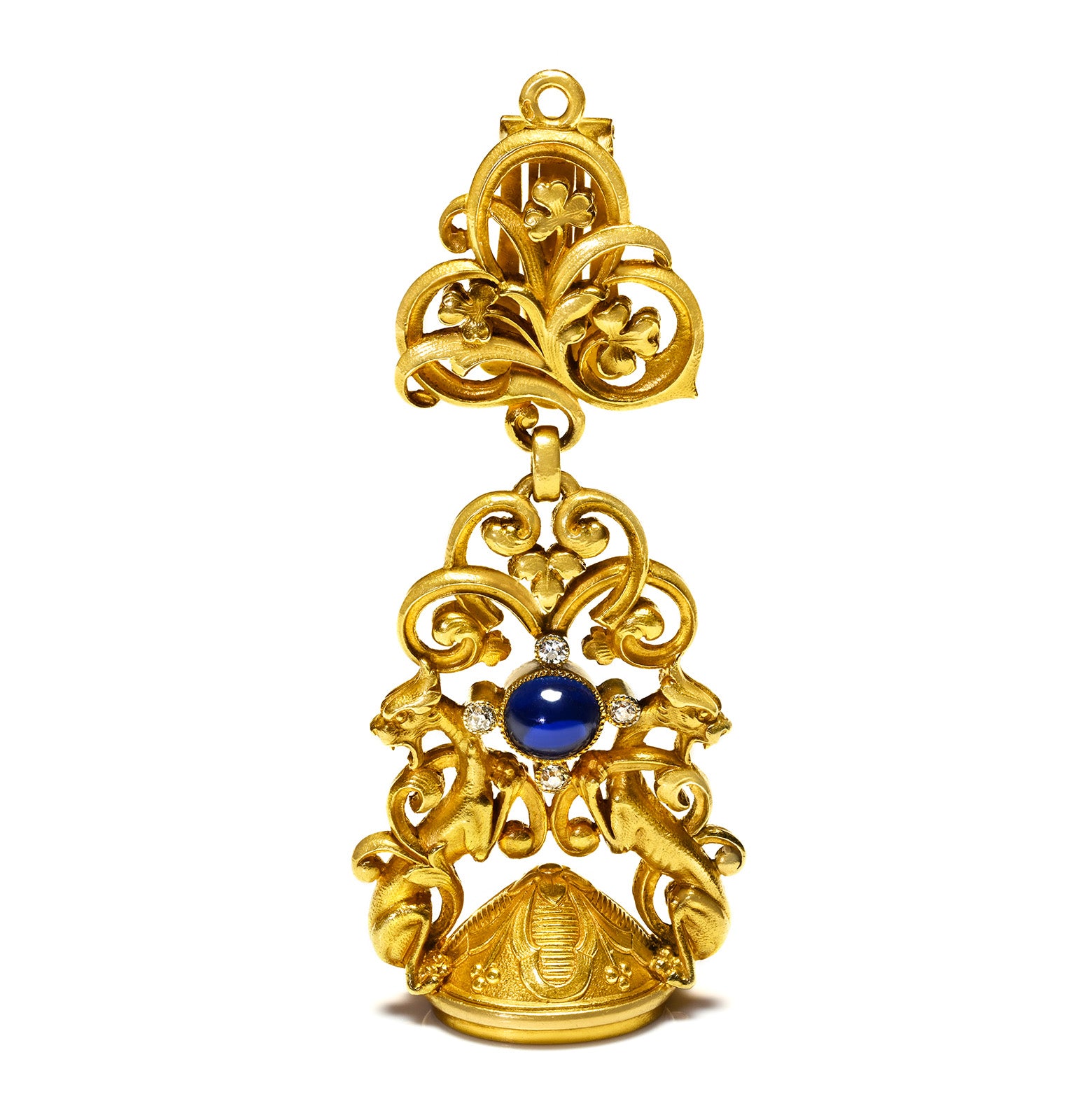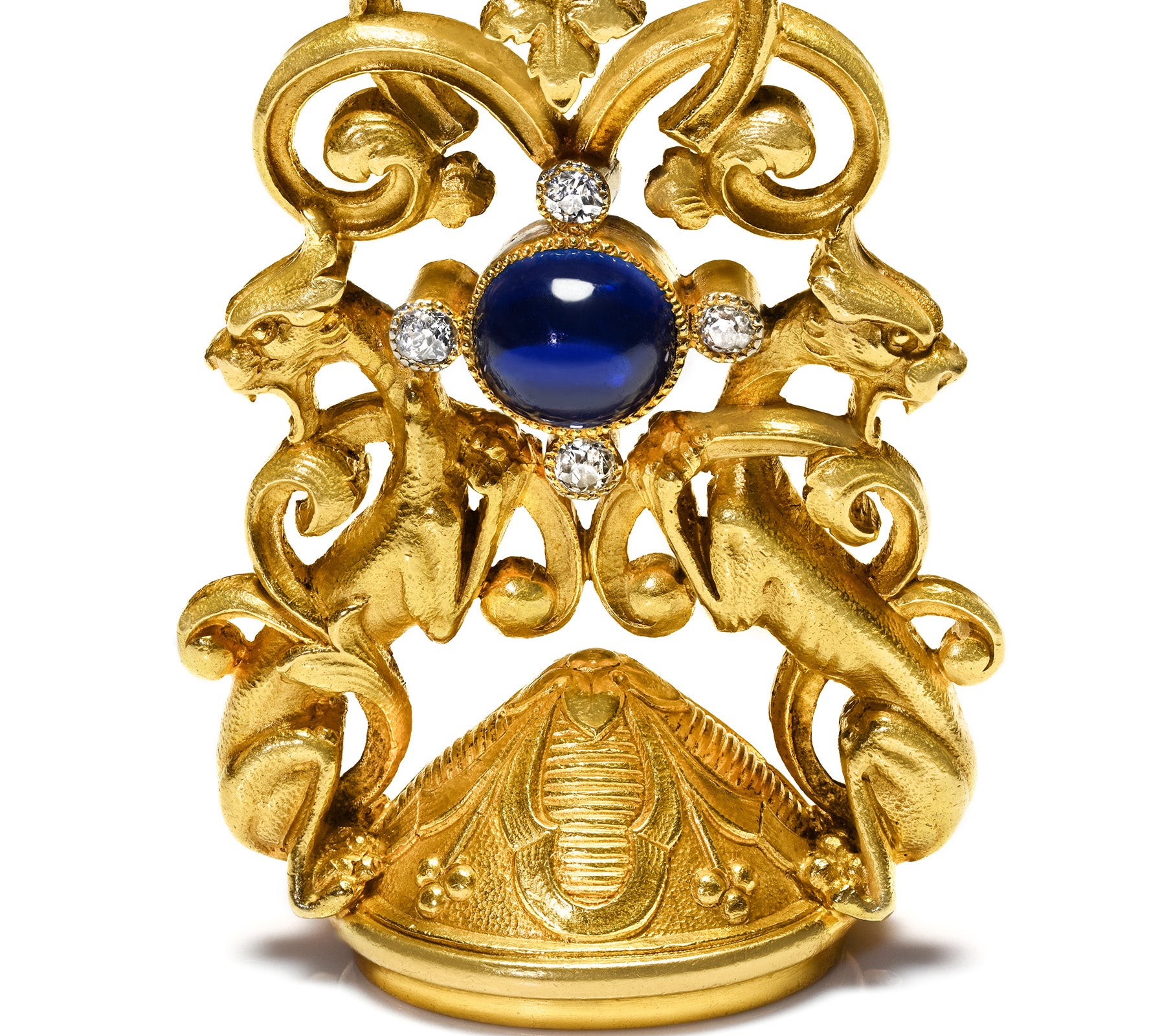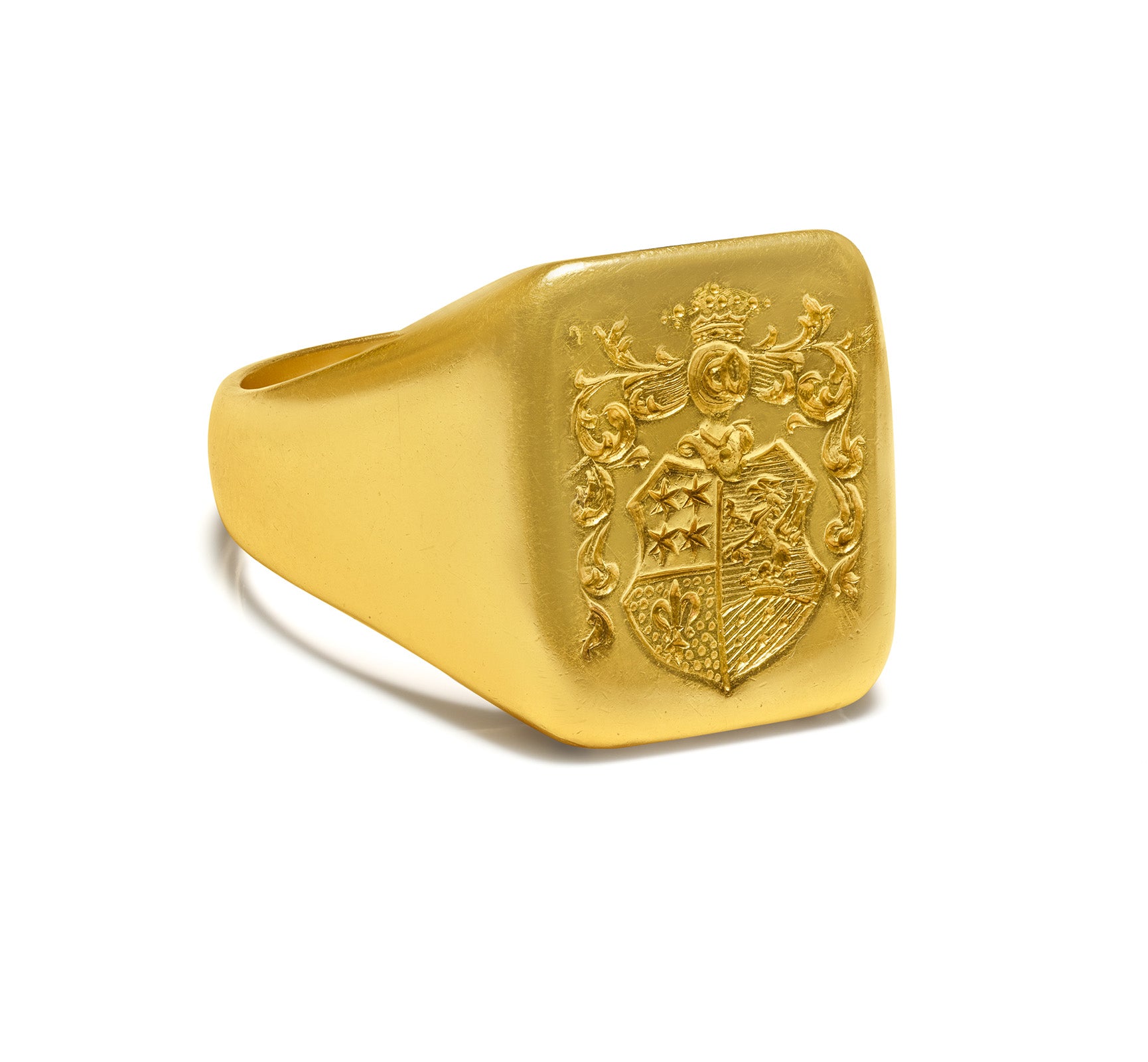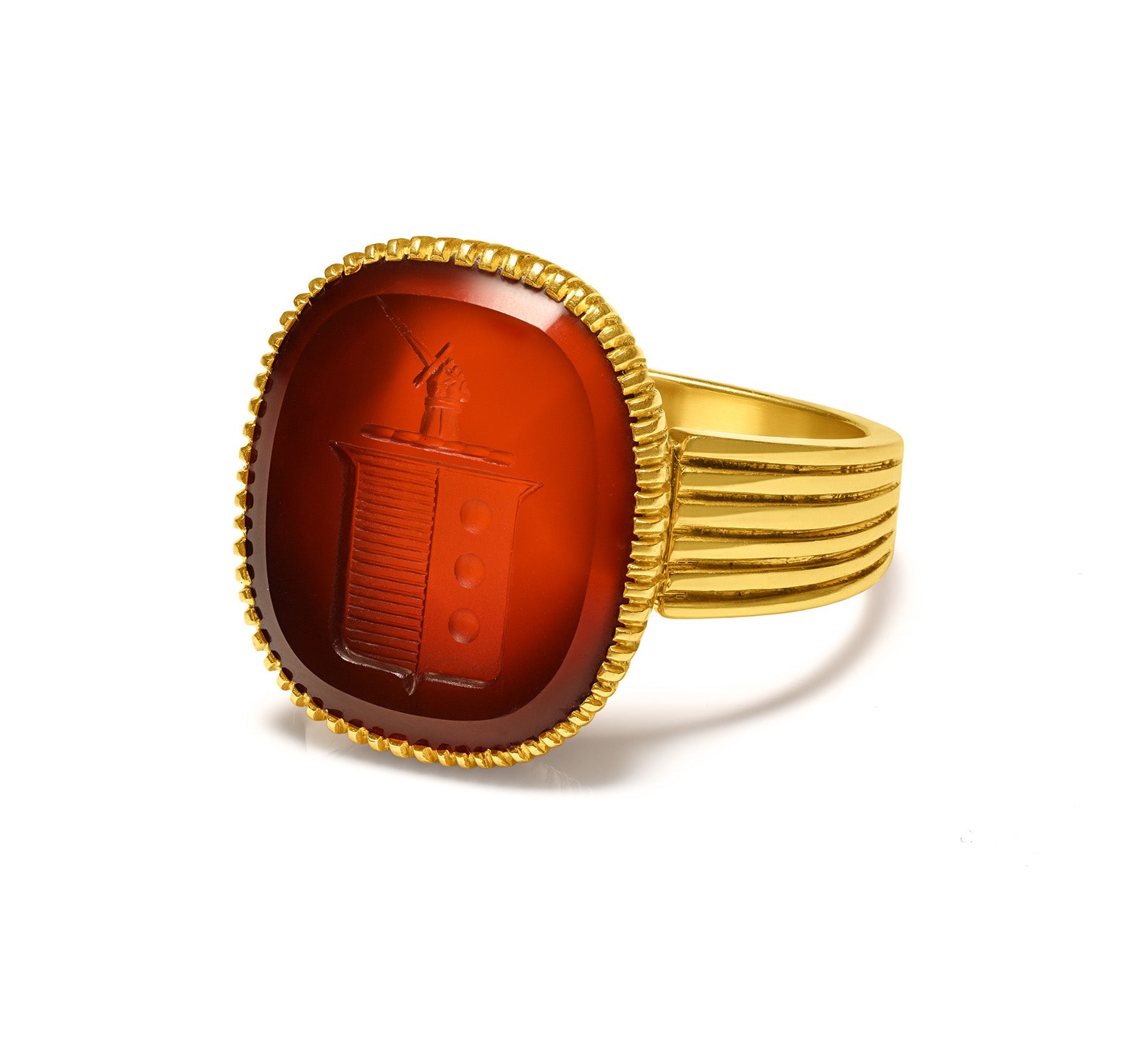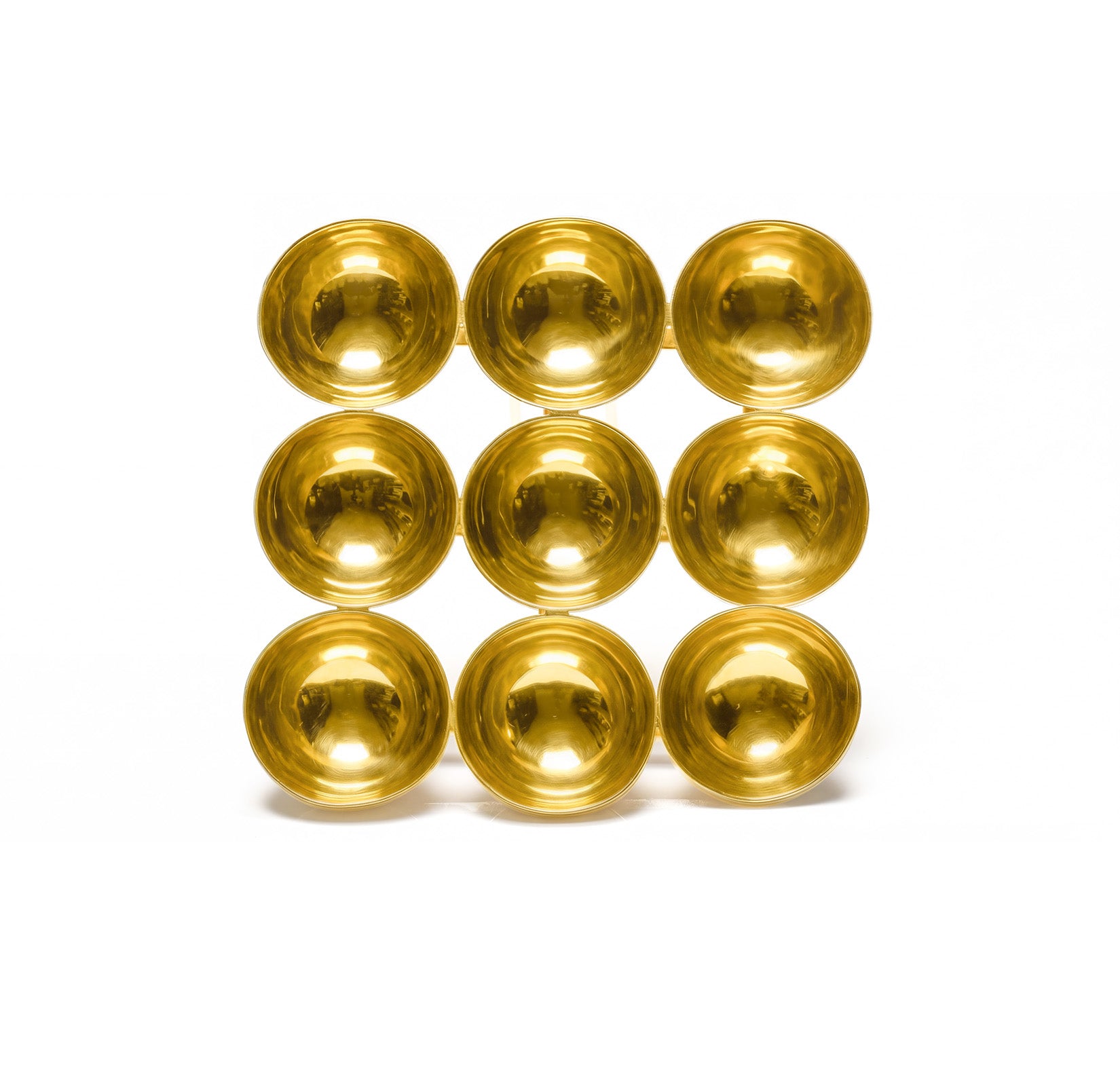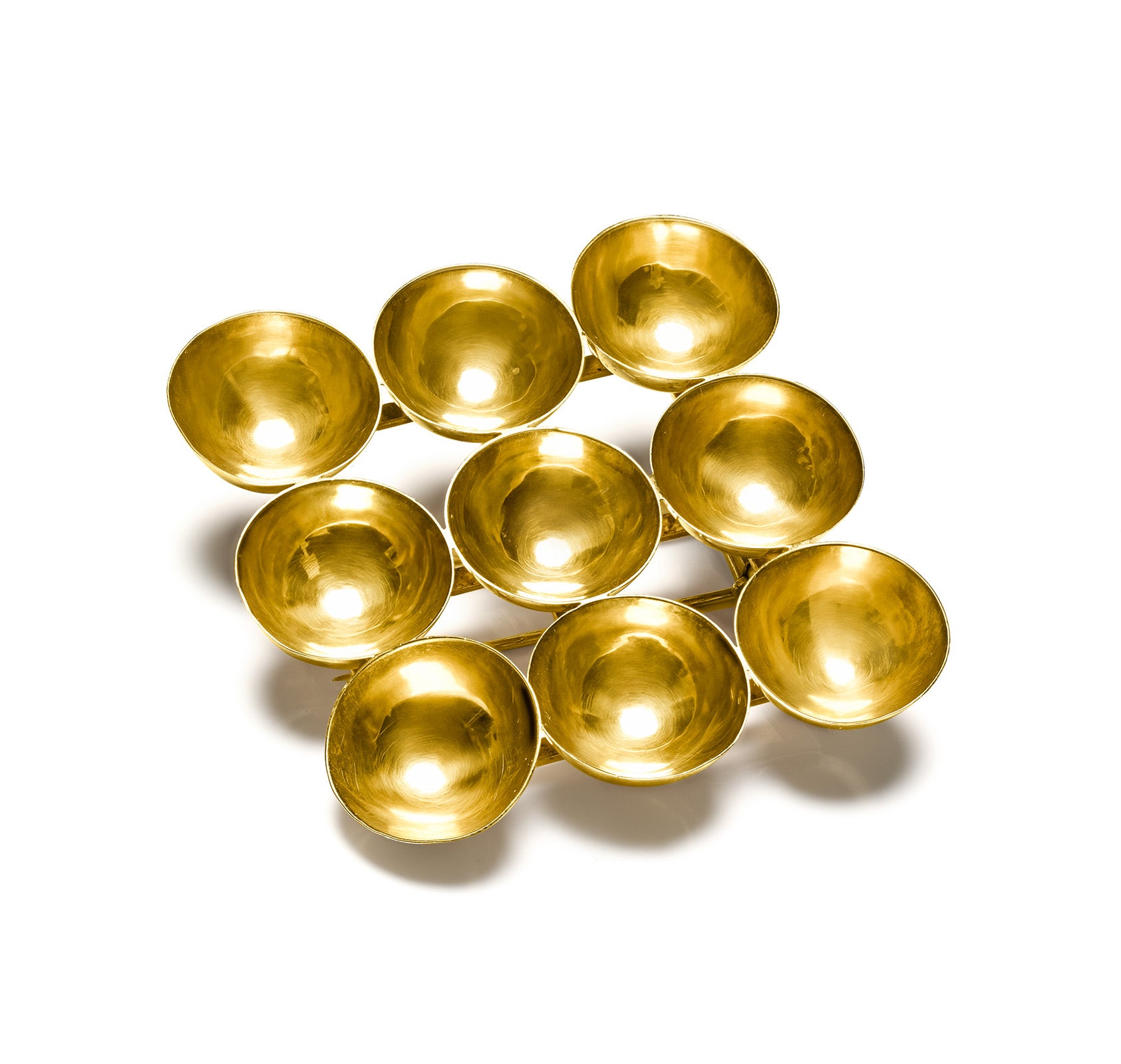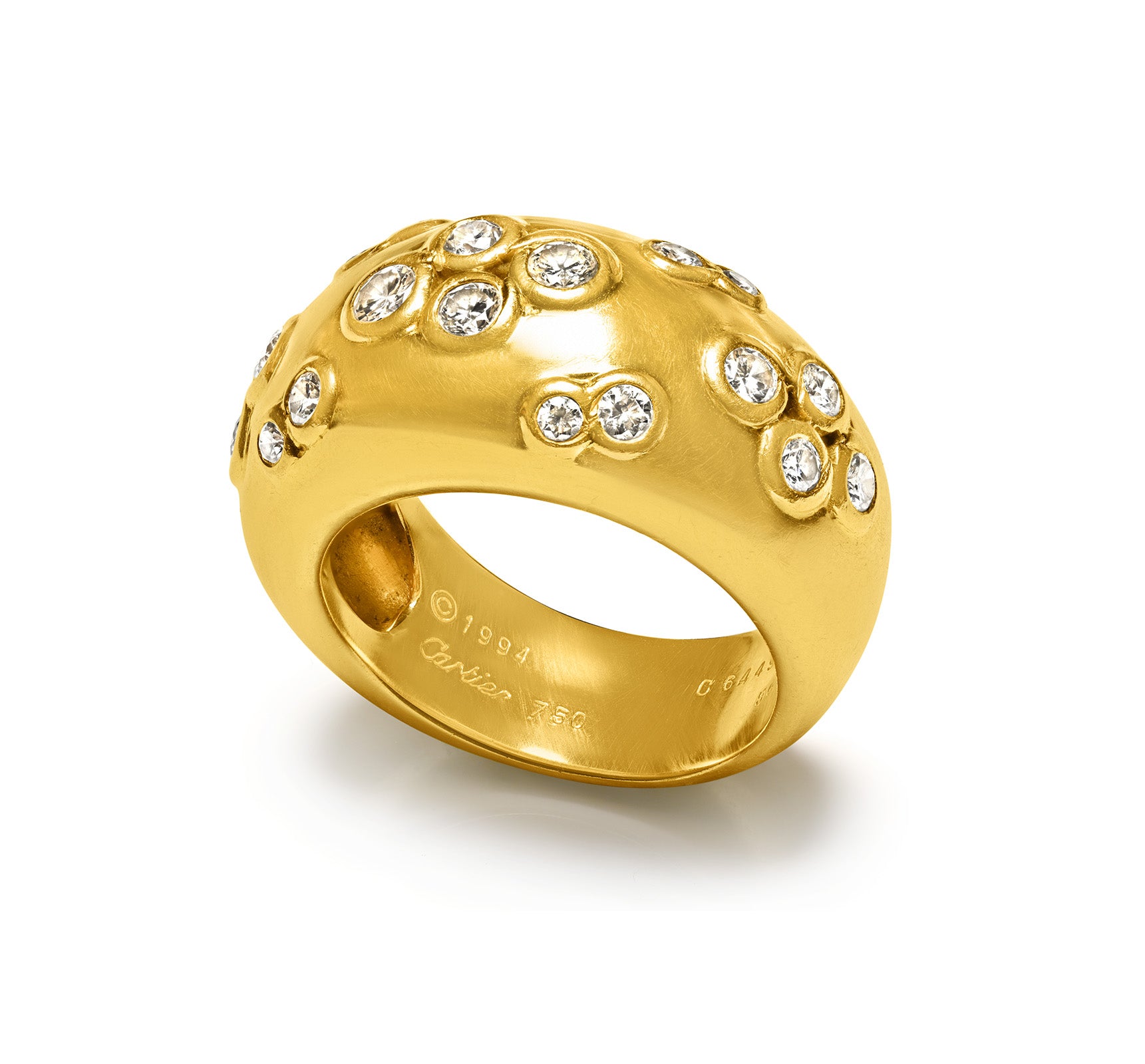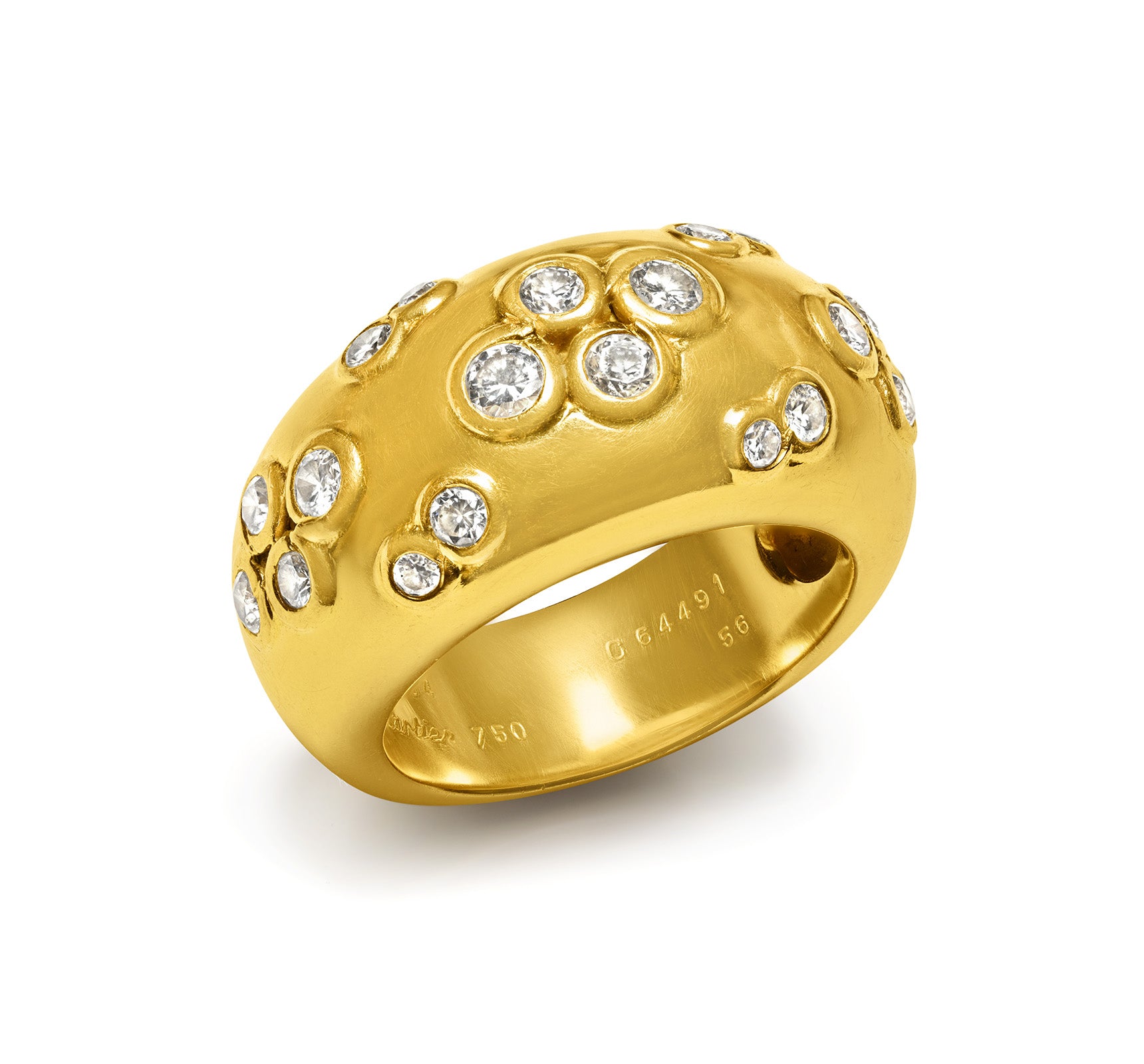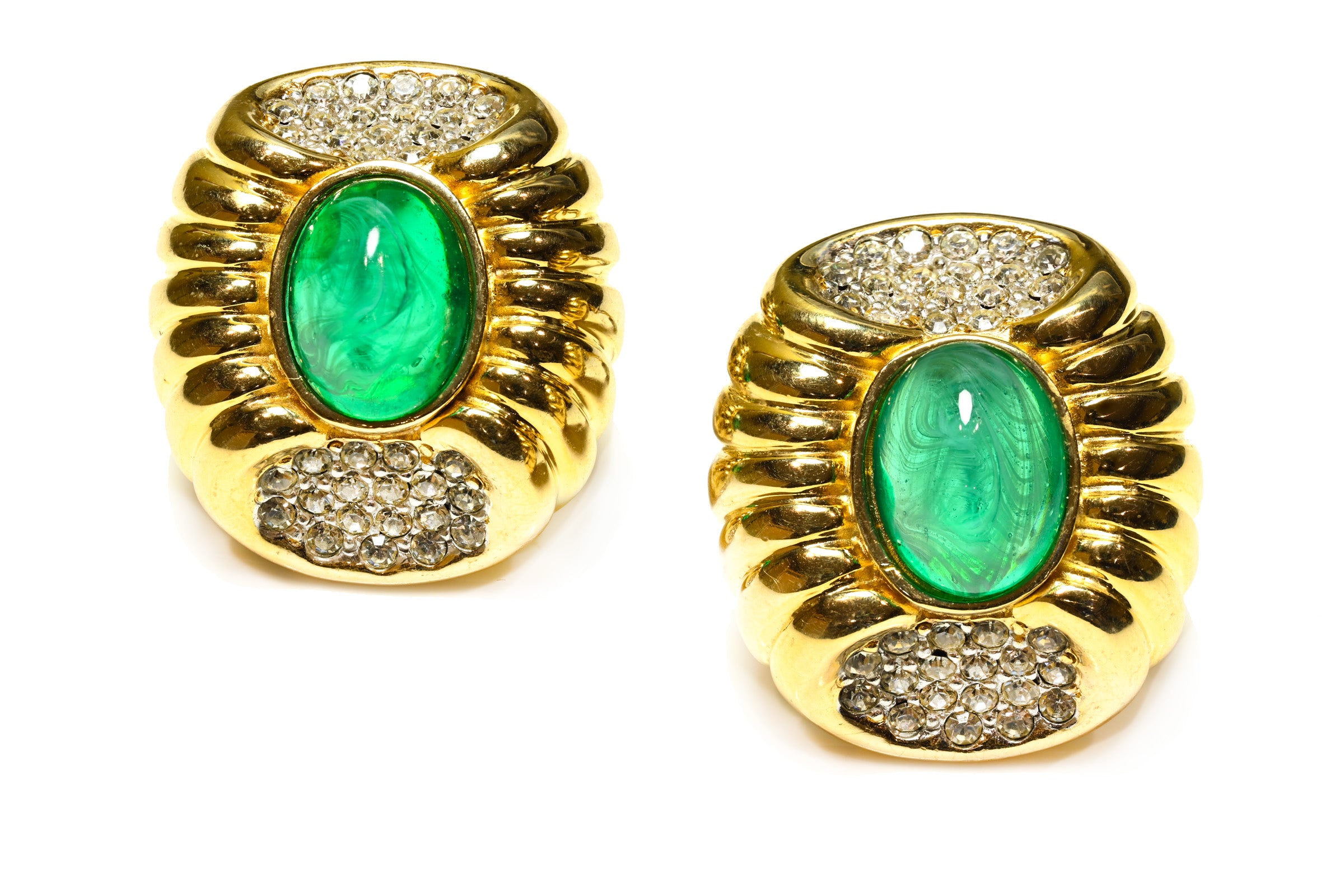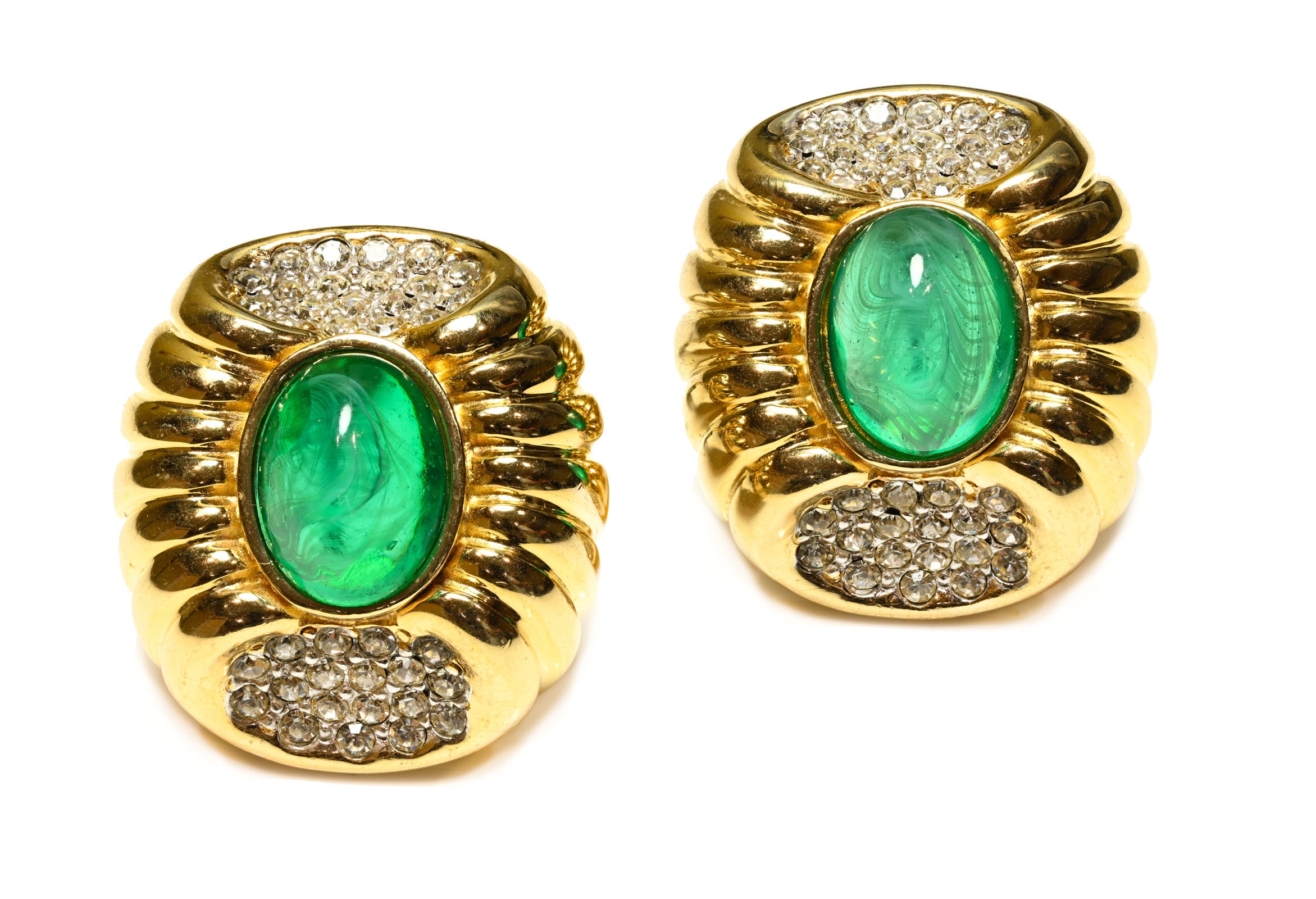
Michael Perchin – Mastermind Behind Fabergé’s Legendary Imperial Eggs
Russian jeweler Michael Evlampievich Perchin was one of the two principal workmasters of the House of Fabergé, alongside Henrik Wigström. His name is forever linked to some of the most iconic creations in decorative arts: the Imperial Easter Eggs commissioned by the Russian tsars.
Until his death in St. Petersburg in 1903, Perchin played a central role in overseeing their production. Each egg he supervised bore his initials, marking not only his responsibility but also his artistry.
Under his direction, Fabergé's workshop handled the most important commissions of the era—including many of the famed Imperial Eggs—and, by 1900, employed nearly fifty apprentices.
His creative leadership brought forth a broad spectrum of artistic styles, from Neo-Rococo to Renaissance, making his tenure one of the most inventive in Fabergé’s history.
The Journey of Michael Perchin
Michael Perchin was born in 1860 in the village of Okulovskaya, located in the Olonets Governorate—now part of the Republic of Karelia. Even in this remote region, religious art flourished.
At his local church, St. Nicholas, he encountered intricate iconostases and icons adorned with ornate oklads, crafted by skilled hands. These sacred objects sparked his first fascination with metalwork.
It is believed that Perchin began his own work in metal under the guidance of the village blacksmith. At eighteen, he left for St. Petersburg, determined to become a goldsmith. There, he earned an apprenticeship with the renowned master Erik Kollin.
In less than six years, Perchin had advanced to journeyman status and married Tatiana Vladimirovna Finikova, the daughter of Vladimir Iakovlevich Finikov, chief workmaster at Bolin—a prestigious jewelry firm. Two years later, in 1886, he established his own workshop and earned the title of master craftsman.
Perchin came from the Obelnyi class of peasants—a unique group whose ancestors were historically exempt from taxes and duties in recognition of their loyalty to the monarch.
In rural Russia at the time, formal education was rare; literacy was largely limited to the clergy. Fortunately, Perchin’s godfather, Father Matvey, introduced him to Orthodoxy and taught him to read and write. This early education would become a formative influence throughout his career, not only as a craftsman, but also as a thinker and spiritual man.
Working for Fabergé
Though his career was relatively short, Michael Perchin played a central role in Fabergé’s artistic transformation. His rise from rural origins to the intense, fast-paced world of St. Petersburg’s elite jewelry scene marked a dramatic shift—both personally and professionally.
In 1888, Carl Fabergé made a bold decision to reposition the company, steering it away from purely commercial values toward a more artistic identity. This vision included replacing the former Chief Workmaster, Erik Kollin, with Michael Perchin.

At a time when large, ostentatious jewels were in vogue among St. Petersburg’s elite, Fabergé and Perchin took a different path. They emphasized design and craftsmanship over mere material opulence, presenting Fabergé as a house of artistry, not just a jewelry vendor.
Perchin’s workshop became the engine of this creative shift. While preserving the essence of historical styles—such as Baroque, Rococo, and Renaissance—his team applied them to objects that reflected modern sensibilities. It was during this period that Fabergé began producing its now-iconic miniature animal sculptures and floral compositions, celebrated for their detail and charm.
Perchin’s Orthodox Christian background also played a crucial role in his success. Most of Fabergé’s other workmasters were Evangelical Lutherans, yet the company’s core clientele were Orthodox aristocrats and members of the Imperial Court. Perchin’s understanding of Orthodox culture, symbolism, and values helped ensure that each piece resonated with its intended recipient.
Tragically, Perchin passed away in 1903 at the age of just forty-three.
Awards
Over the course of his career, Michael Perchin earned two notable distinctions. In 1891, he was accepted into the prestigious 2nd Guild, a formal recognition of his professional stature.
Later, in 1899, he was granted Personal Honorary Citizenship—an imperial award that signified social elevation and honor within the Russian Empire. Despite these accolades, the final years of his life were marked by the toll taken on his mental and physical health.
Fourteen years as Chief Workmaster during Fabergé’s most productive and demanding era left him exhausted. His legacy, however, would live on through the masterpieces he helped bring to life—works that still captivate collectors and historians to this day.
The House of Fabergé
The House of Fabergé was founded in 1842 by Gustav Fabergé in Saint Petersburg, Russia. He chose to use the accented form of the family name—Fabergé—to give the brand a more refined European flair. With the support of his sons, Peter Carl and Agathon, and later his grandchildren, Gustav led the company until the October Revolution of 1917.
The firm quickly earned a reputation for its exceptional craftsmanship and attention to detail, producing everything from refined jewelry to the legendary, jewel-encrusted Fabergé eggs made for the Russian imperial family.
In 1924, Peter Carl’s sons, Alexander and Eugène Fabergé, continued the legacy by founding Fabergé & Cie in Paris. They created similarly styled jewelry and branded their work FABERGÉ, PARIS, reintroducing the name to the European luxury market.
In 1951, businessman Samuel Rubin acquired the rights to the Fabergé brand name—though not the artistic heritage—in order to launch a line of perfumes. His company, Fabergé Inc., was sold in 1964 to Rayette Inc., a cosmetics firm that subsequently rebranded itself as Rayette-Fabergé Inc.
As the Fabergé name passed through multiple corporate hands, it was increasingly applied to a wide range of consumer products—including films, fashion collections, haircare items, and two hugely popular fragrances: Babe and Brut, the latter becoming a global bestseller.
Eventually, jewelry was reintroduced into the product lines, but the name had already become diluted by widespread commercial use. The market also saw a surge of imitation items marketed as "Fabergé-style" or outright fakes, often dubbed “Fauxbergé.”
Today, the Fabergé brand is owned by Fabergé Limited and is once again devoted exclusively to fine jewelry and gemstones, aiming to honor the legacy of its artistic roots.
At its height, the House of Fabergé employed over 500 artisans and designers, making it the largest jewelry enterprise in Russia. It garnered international acclaim, winning numerous awards for both design and craftsmanship.

Fabegé Antique Ruby Diamond Demantoid Basket Brooch August Holmstrom - DSF Antique Jewelry

Fabegé Antique Diamond Gemstone Basket Bow Brooch August Holmstrom - DSF Antique Jewelry
In the early 20th century, the company moved into a specially constructed four-story building on Bolshaia Morskaia in Saint Petersburg. Additional branches were opened in London, Odessa, Kyiv, and Moscow, with the firm even maintaining annual trade missions to the Far East from England.
Among its most enthusiastic supporters was Queen Alexandra of the United Kingdom, who became known as “Fabergé’s great patroness of the West.” Her admiration helped spark widespread interest in Fabergé's artistry across Europe, solidifying the firm's global prestige.
The Imperial Easter Eggs
In 1885, Russian Emperor Alexander III commissioned the House of Fabergé to create a special decorative egg as an Easter gift for his wife, Empress Maria Feodorovna. This intricate piece, crafted from gold and enamel, resembled an ordinary hen’s egg, but concealed multiple surprises: opening the outer enamel shell revealed a gold yolk, which in turn opened to reveal a tiny golden hen. Inside the hen was hidden yet another treasure—a miniature ruby egg suspended beneath a replica of the Imperial Crown.
The Empress was so delighted by this first creation that the Emperor decided to continue the tradition, commissioning Fabergé to create a unique egg each Easter. This marked the beginning of the now-famous series of Fabergé Imperial Easter Eggs.
Unlike other jewelers of the era, Fabergé distinguished himself not merely by his extraordinary technical mastery—especially in enameling, which remains unmatched even today—but also by his creative philosophy. Fabergé famously declared that a jewel’s true worth lay in its artistic imagination, not merely in the preciousness of its materials.
From 1887 onward, Carl Fabergé was granted complete creative freedom over the design of the Imperial Eggs. According to family tradition, the only condition imposed by the Imperial Court was that each egg should contain a hidden surprise—details of which even the Tsar himself would not know in advance.

The Uspenski Cathedral Egg - Source: Stan Shebs via Wikimedia Commons
Fabergé’s craftsmanship became so legendary that even renowned houses like Cartier sought to understand and replicate his methods. Yet Fabergé remained firm in his belief that true value comes from originality and creativity, rather than from gold and gemstones alone.
Michael Perchin played a central role in creating these masterpieces, directly overseeing the production of many of the iconic Imperial Eggs. Each egg, typically inspired by themes from the Imperial Court, required nearly a year to complete due to the extraordinary intricacy and attention to detail involved.
One of Perchin’s most celebrated creations is the Coronation Egg, completed in 1897. It contains a remarkably detailed miniature (only 10 centimeters long) of the carriage used by Catherine the Great, crafted to commemorate Tsar Nicholas II’s coronation. Richly adorned with diamonds and coated in gold, this egg remains one of Fabergé’s most admired works.
In total, Fabergé created 54 Imperial Easter Eggs, of which 28 emerged from Perchin’s workshop. Perchin continued to produce exquisite jewelry right up until his untimely death, leaving behind a legacy of unparalleled craftsmanship and artistic brilliance.
The October Revolution
Many of Fabergé’s Imperial Eggs disappeared amidst the chaos of the October Revolution of 1917. Most were later rediscovered in state storerooms and subsequently sold, with a notable number acquired by businessman Armand Hammer.
Today, these legendary eggs are dispersed in various prestigious collections around the world. Eleven Imperial Eggs belong to the Forbes Collection, while several others reside in prominent museums and private collections in the United States. Three were held by the late Queen Elizabeth II of Britain, five are housed in the Virginia Museum of Fine Arts, and another three are displayed in the New Orleans Museum of Art.
Perchin's Enduring Legacy
Michael Perchin’s masterpieces continue to captivate audiences worldwide. Among his most famous works is the Clover Leaf Imperial Easter Egg (1902), proudly exhibited at the Kremlin Museum.
Perchin’s unique talent lay in his extraordinary ability to blend enamel and gold into beautiful yet functional objects. Each of his creations represents a pinnacle of refined design, intricate craftsmanship, and sophisticated color combinations.
Moreover, Perchin's skill extended beyond jewelry to objects like elegant writing instruments. His pens, in particular, are celebrated for their unmatched elegance and originality. In an age of mass-produced items, Perchin’s designs transport us back to a period of rare elegance, attention to detail, and craftsmanship that is difficult to replicate today.
Each piece Perchin crafted is a statement of timeless beauty, intended to be cherished and passed down through generations. Both the materials and workmanship were executed with meticulous care, reflecting a profound commitment to quality and artistry.
The House of Fabergé and its creations remain benchmarks of complexity, harmony, authenticity, and aesthetic perfection. Fabergé’s pieces—especially those created by Perchin—are still among the most coveted treasures for collectors and connoisseurs around the globe.
Cover Photo: Michael Perchin via Wikimedia Commons
VIEW OUR COLLECTION OF ANTIQUE & VINTAGE JEWELRY
VIEW OUR JOURNAL & NEWS
READ OUR INTERESTING FACTS ARTICLES
